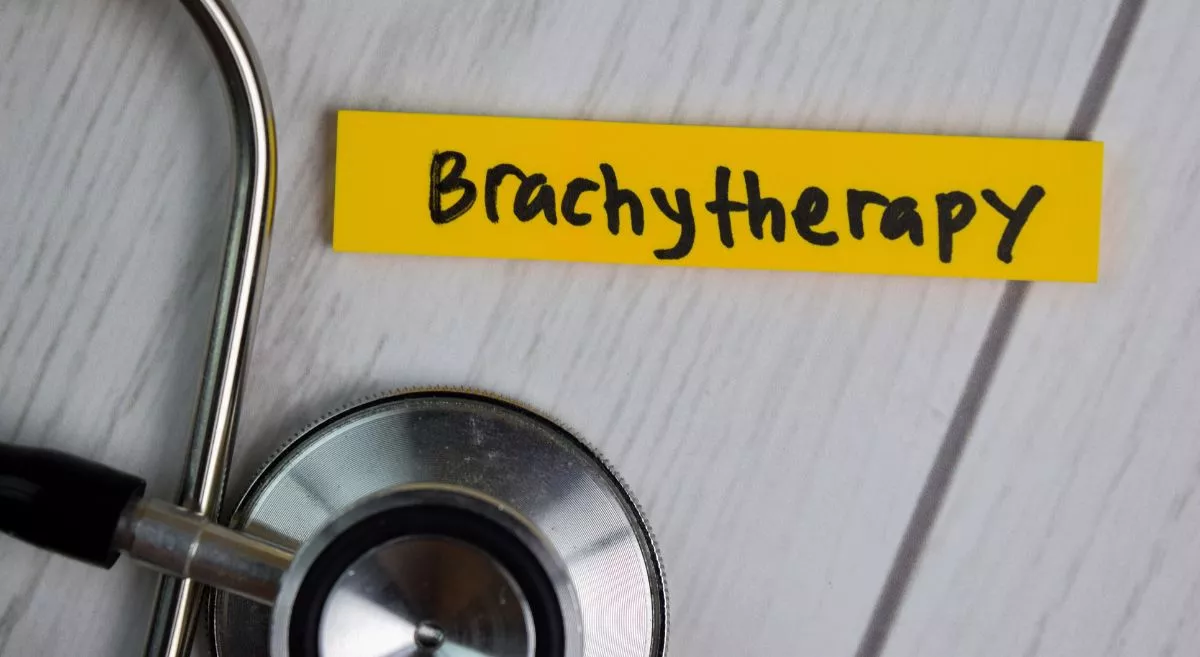Introduction:
In the dynamic landscape of cancer care, the emphasis remains on pinpointing effective strategies that combat cancer with precision while sparing healthy tissues from harm. One such established radiation technique is internal radiation therapy, commonly referred to as brachytherapy. The term "Brachy" originates from the Greek word for "close" or "near," signifying the proximity of treatment compared to the "tele" or "far" approach of external beam radiation therapy (EBRT). Brachytherapy presents a tailored and highly precise approach to cancer care.
The Process of Brachytherapy:
Brachytherapy employs radiation from a radioactive source to eliminate cancer cells and reduce tumor size. This method entails placing a sealed radioactive material directly into or near the tumor using needles, applicators, or catheters. The radioactive sources are left in place for a specific duration before removal, ensuring precise dose delivery to the affected area. This technique enables the administration of a high radiation dose to the disease while minimizing exposure to surrounding healthy tissue.
Versatility in Forms:
Brachytherapy can be administered in various forms, including superficial/surface molds, intracavitary, intraluminal, and interstitial. An additional specialized form, known as Intraoperative Radiation Therapy (IORT), administers a focused radiation dose to the tumor site immediately after surgical removal.
Treatment Efficiency and Duration:
In comparison to prolonged fractionated radiotherapy regimens, brachytherapy offers shorter treatment durations, often completed within a few days. The duration varies depending on the cancer type and disease stage, with some cases requiring a single session or multiple days. Importantly, in many instances, brachytherapy can be performed on an outpatient basis, minimizing hospital visits and disruptions to daily life.
Brachytherapy in Cancer Management:
Brachytherapy serves as a primary treatment for early lesions or in conjunction with surgery or EBRT for advanced primary tumors. Its efficacy extends across various cancers, including cervical, endometrial, vaginal, prostate, breast, head and neck, sarcoma, and skin cancers.
Advancements in Technology:
Continuous advancements in brachytherapy technology, such as image-guided and high-dose-rate (HDR) brachytherapy, play a crucial role in enhancing treatment efficacy and reducing potential side effects. These innovations facilitate precise delivery of radiation doses, maximizing treatment outcomes while minimizing adverse effects.
Aster International Institute of Oncology: Leading the Way
At Aster International Institute of Oncology in Bangalore, our steadfast commitment to delivering comprehensive and empathetic cancer care remains unyielding. We are equipped with state-of-the-art Brachytherapy facilities, an Elekta Flexitron HDR remote after-loader, and an IORT facility. By embracing innovative advancements in brachytherapy, we strive to offer effective cancer treatment, making meaningful contributions to the ongoing battle against cancer.
